Do you have a question about the Samsung LN32B360C5D and is the answer not in the manual?
Details regarding intellectual property rights and licensing for US users.
Details regarding intellectual property rights and licensing for users outside the US.
Extended warranty service for Samsung products purchased in the US or Canada.
Guidance on preventing screen burn-in and image retention from static images.
Overview of key features and functionalities of the TV.
List of items included with the TV package.
Instructions for installing batteries in the remote control.
How to connect VHF and UHF antennas to the TV.
Instructions for connecting the TV to a cable TV system.
Connecting devices via HDMI for audio and video.
Connecting devices via DVI for video and audio.
Connecting devices using component cables for enhanced video quality.
How to connect a VCR to the TV.
Connecting a digital audio system for enhanced sound output.
Connecting audio amplifiers or home theater systems.
How to connect a camcorder to the TV.
Connecting a computer to the TV for use as a monitor.
How to access and navigate through the TV's menu system.
Explanation of the functions for each button on the remote control.
Overview of the channel selection and tuning options.
How to add, delete, and manage favorite channels.
Detailed settings for adjusting picture quality and appearance.
Configuring PC display settings for optimal TV output.
Selecting appropriate display modes for PC input.
Adjusting sound settings, modes, and equalizer options.
Overview of the TV's setup and configuration options.
Setting sleep timers and auto power-off functions.
Managing content restrictions using V-Chip and MPAA ratings.
Configuring closed captioning display modes and options.
Customizing digital caption appearance like size and color.
Activating special modes for enhanced user experience or power efficiency.
Selecting and managing external input sources.
Accessing diagnostic tools, software updates, and contact information.
Information on upgrading TV firmware and connection guides.
Solutions for common TV problems and issues.
| Screen Size | 32 inches |
|---|---|
| Resolution | 1366 x 768 |
| Aspect Ratio | 16:9 |
| Display Type | LCD |
| Brightness | 500 cd/m² |
| Sound Output | 10W x 2 |
| HDTV Compatibility | 720p |
| Input Ports | 1 Component, 1 Composite, 1 PC Input, 1 USB |
| Viewing Angle | 178° (Horizontal & Vertical) |
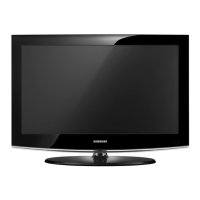

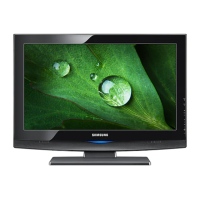
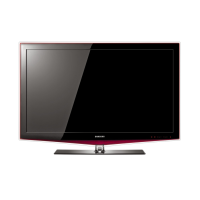
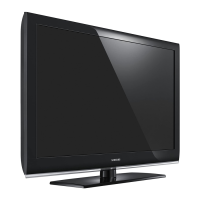



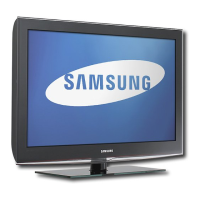
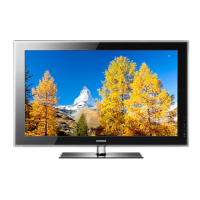
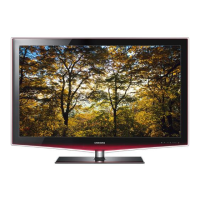
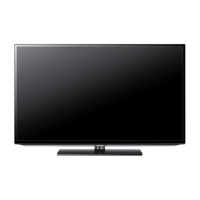
